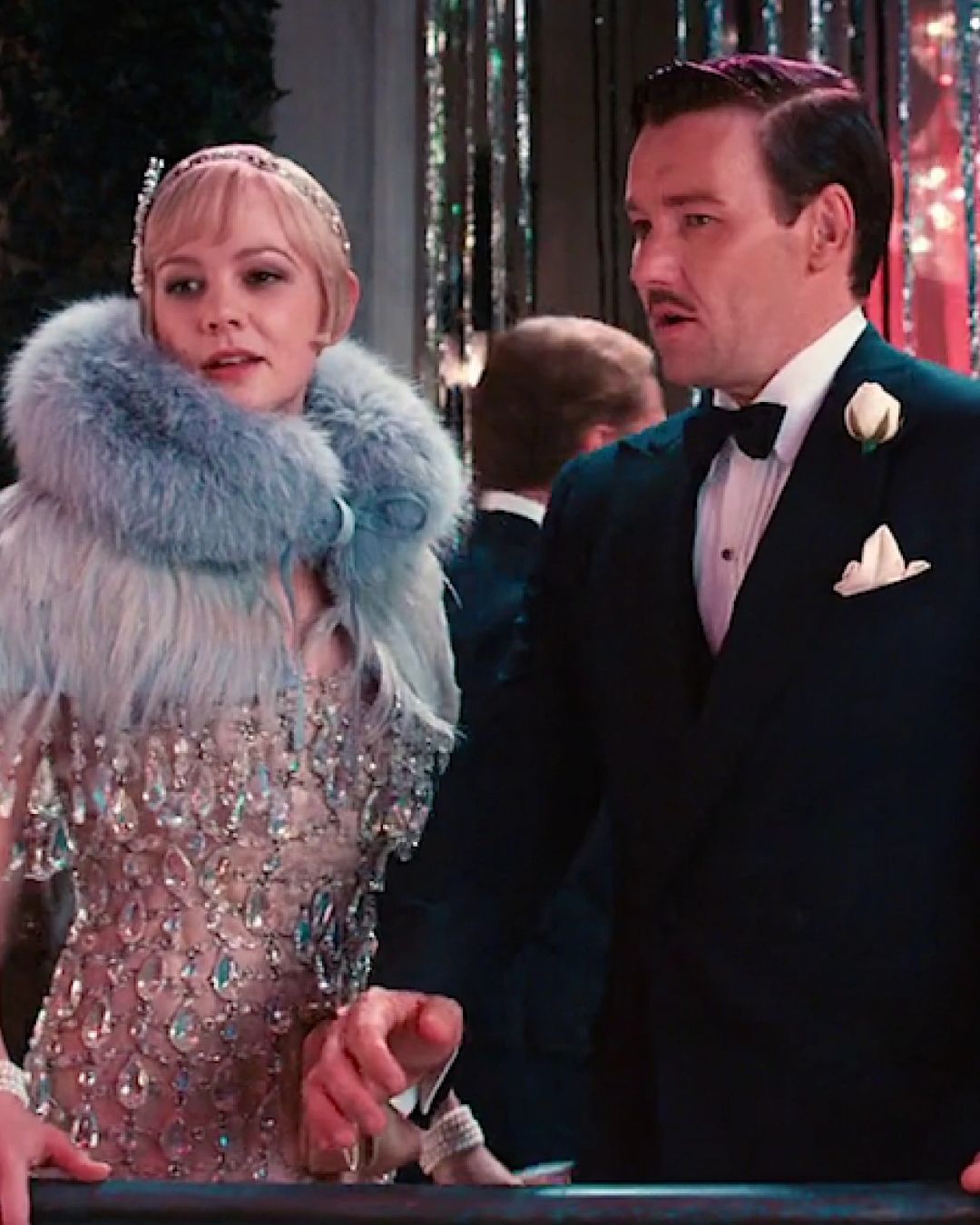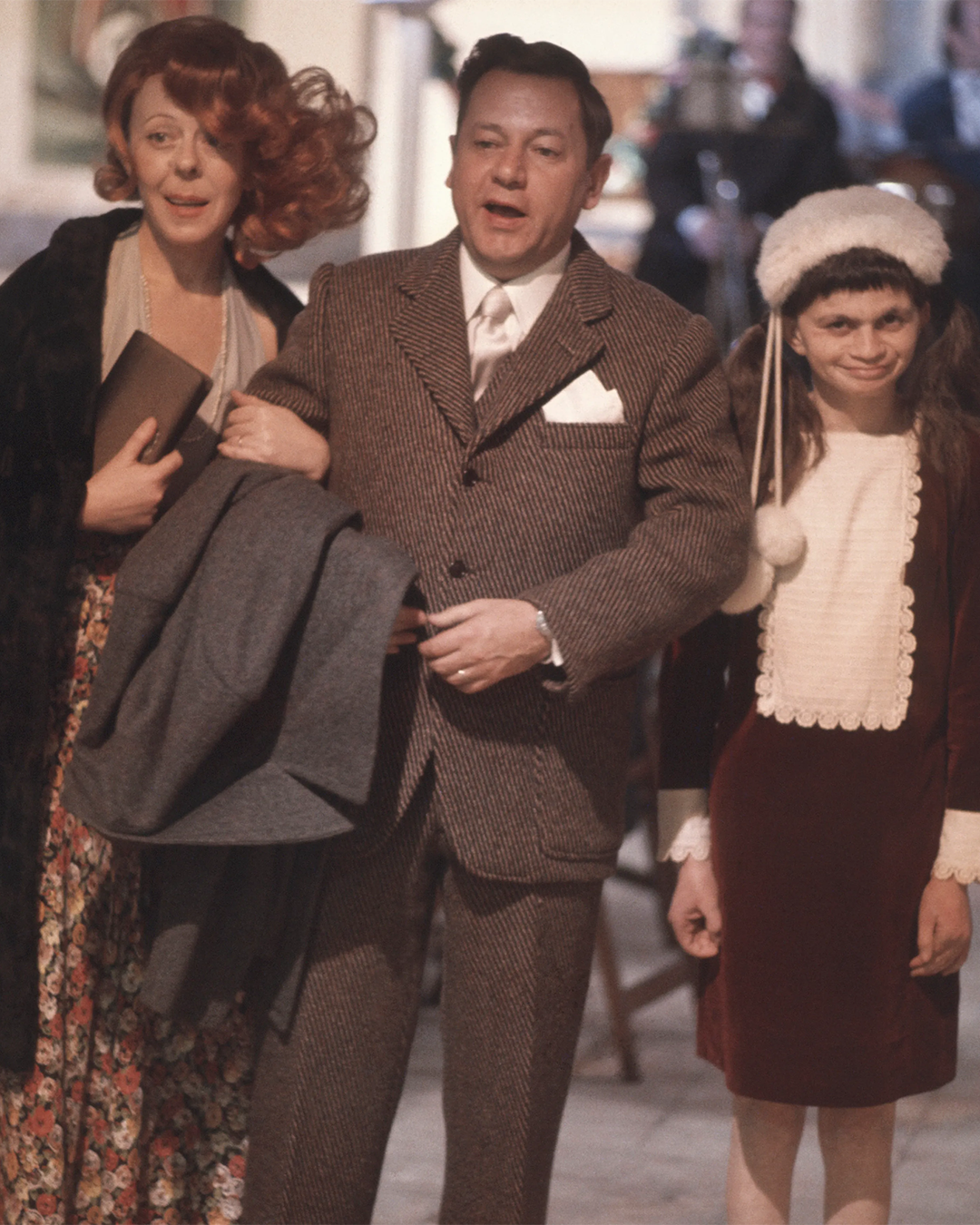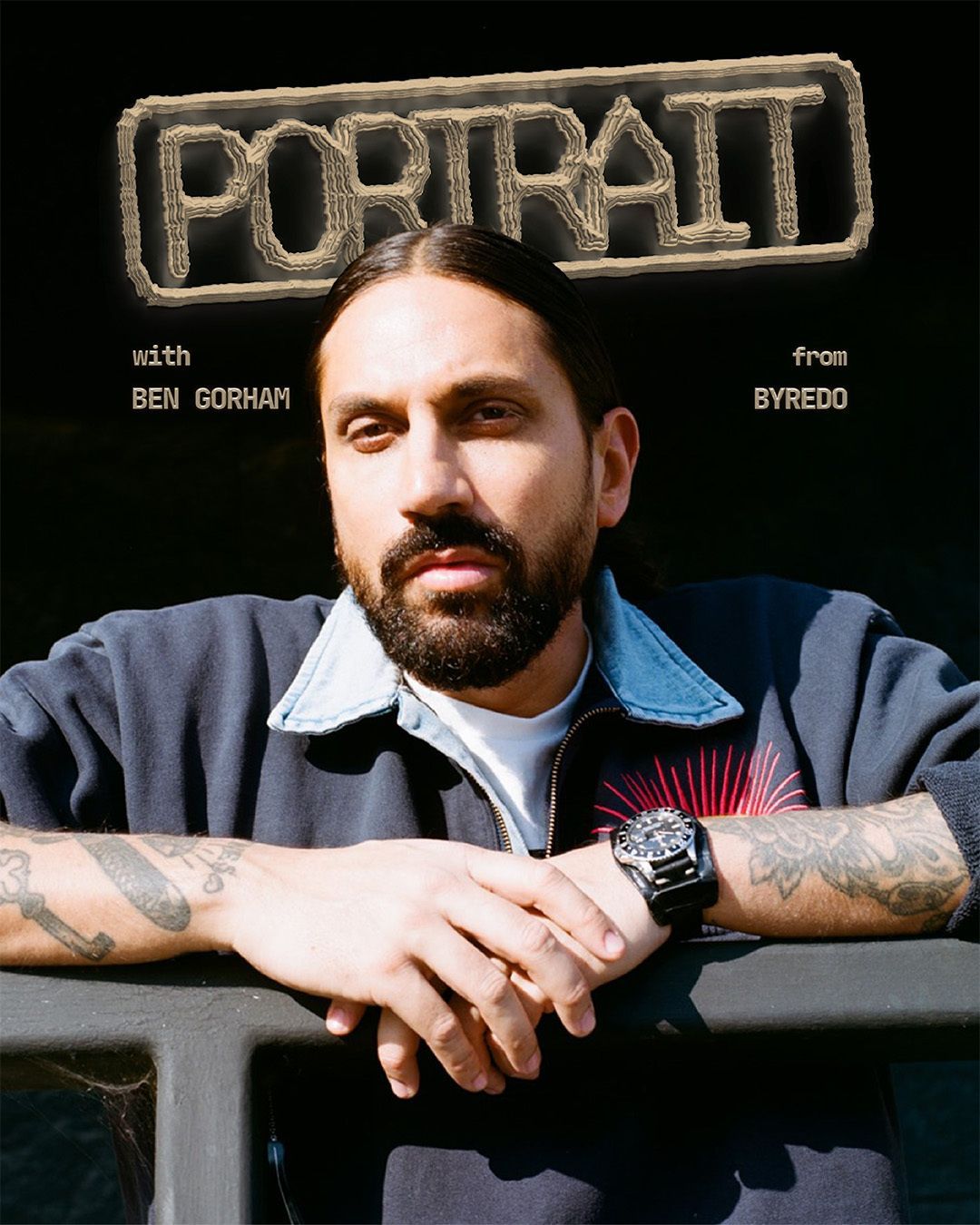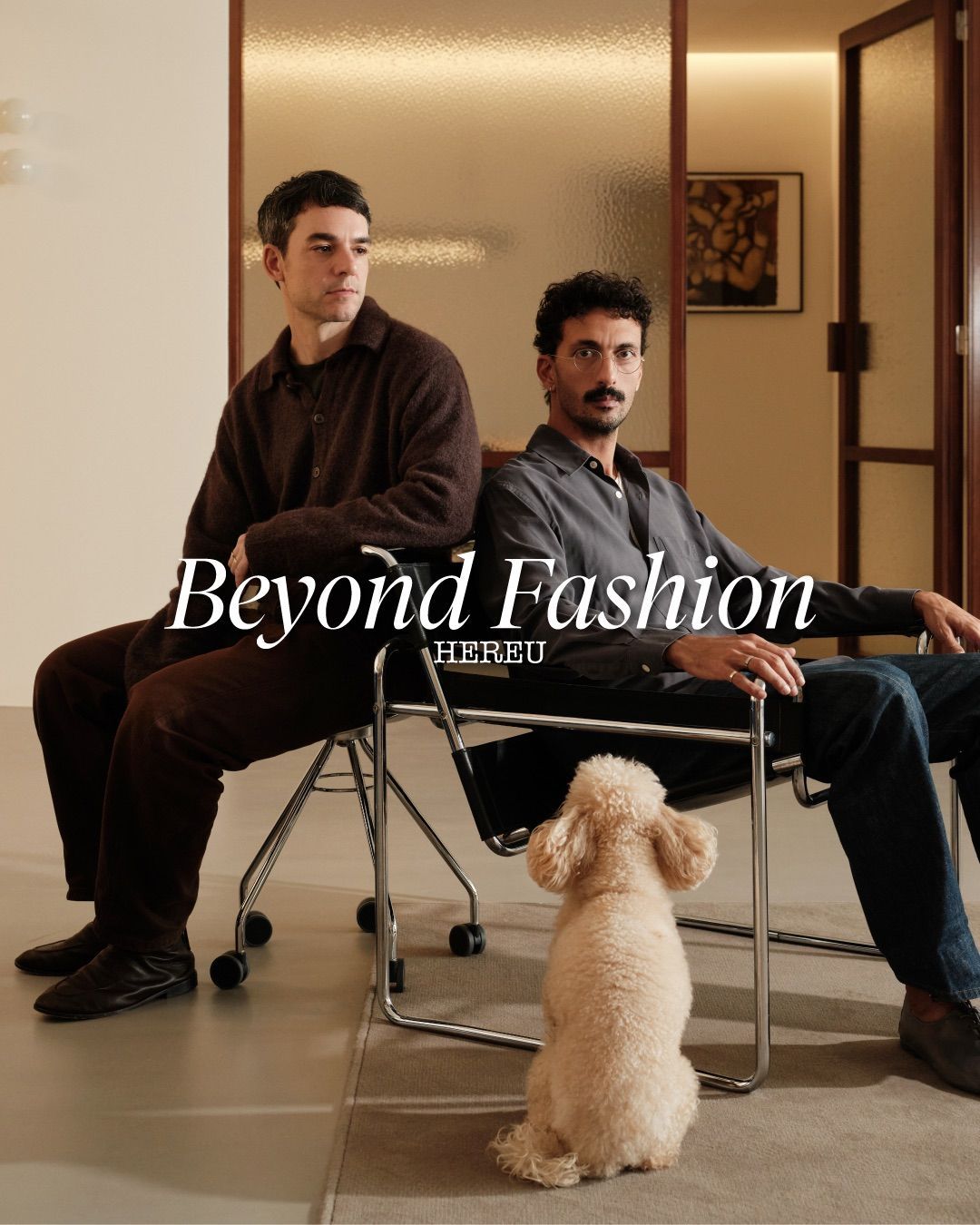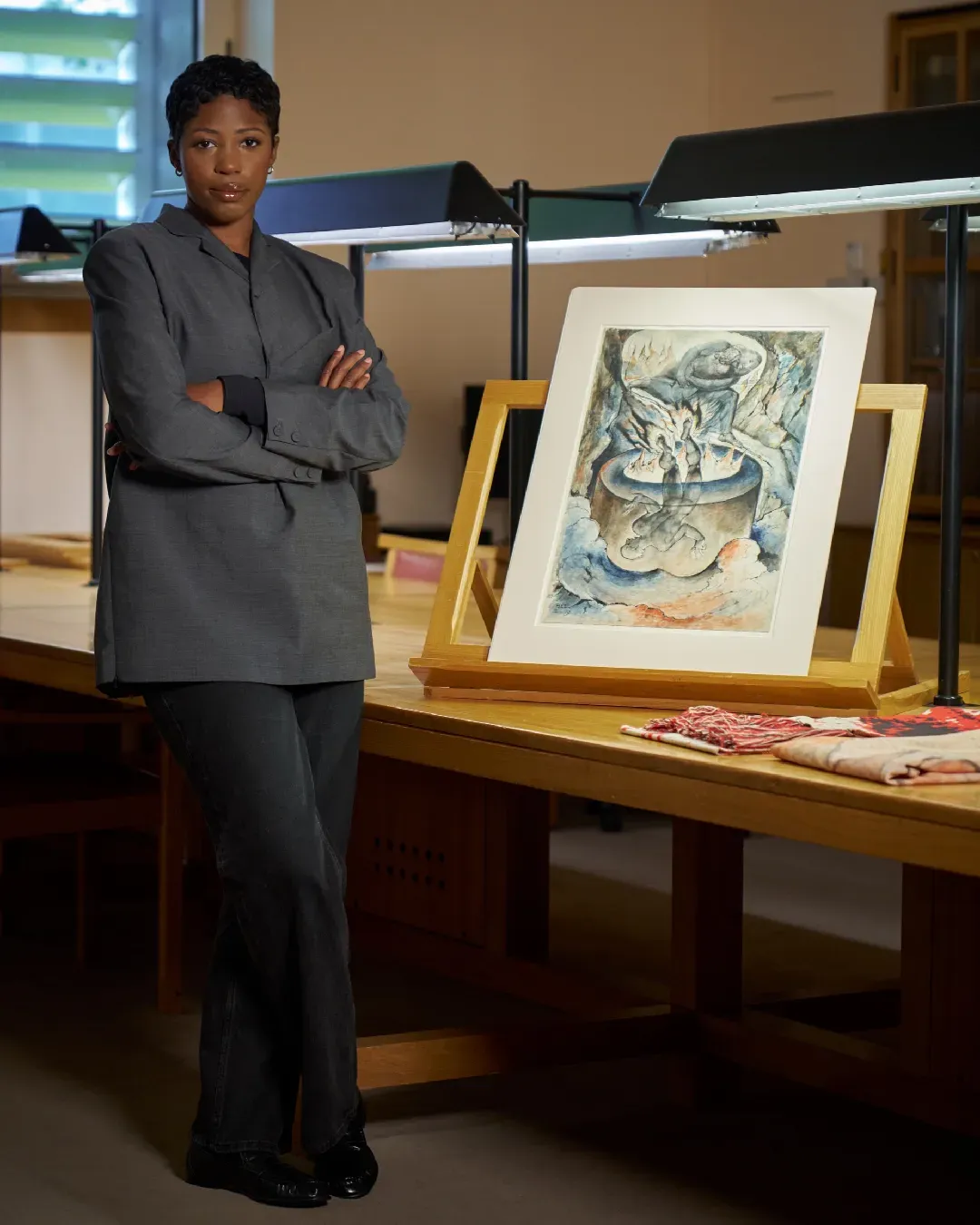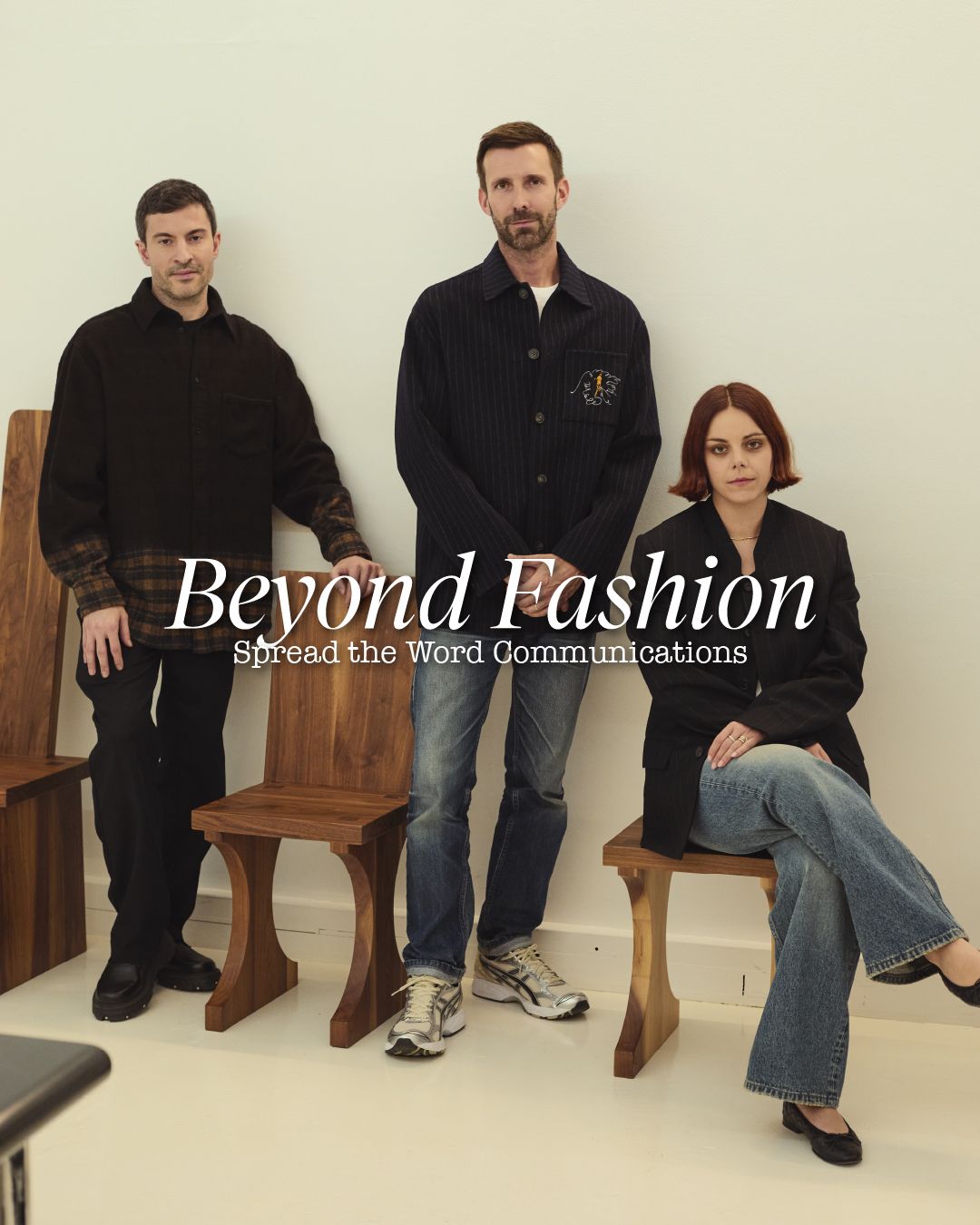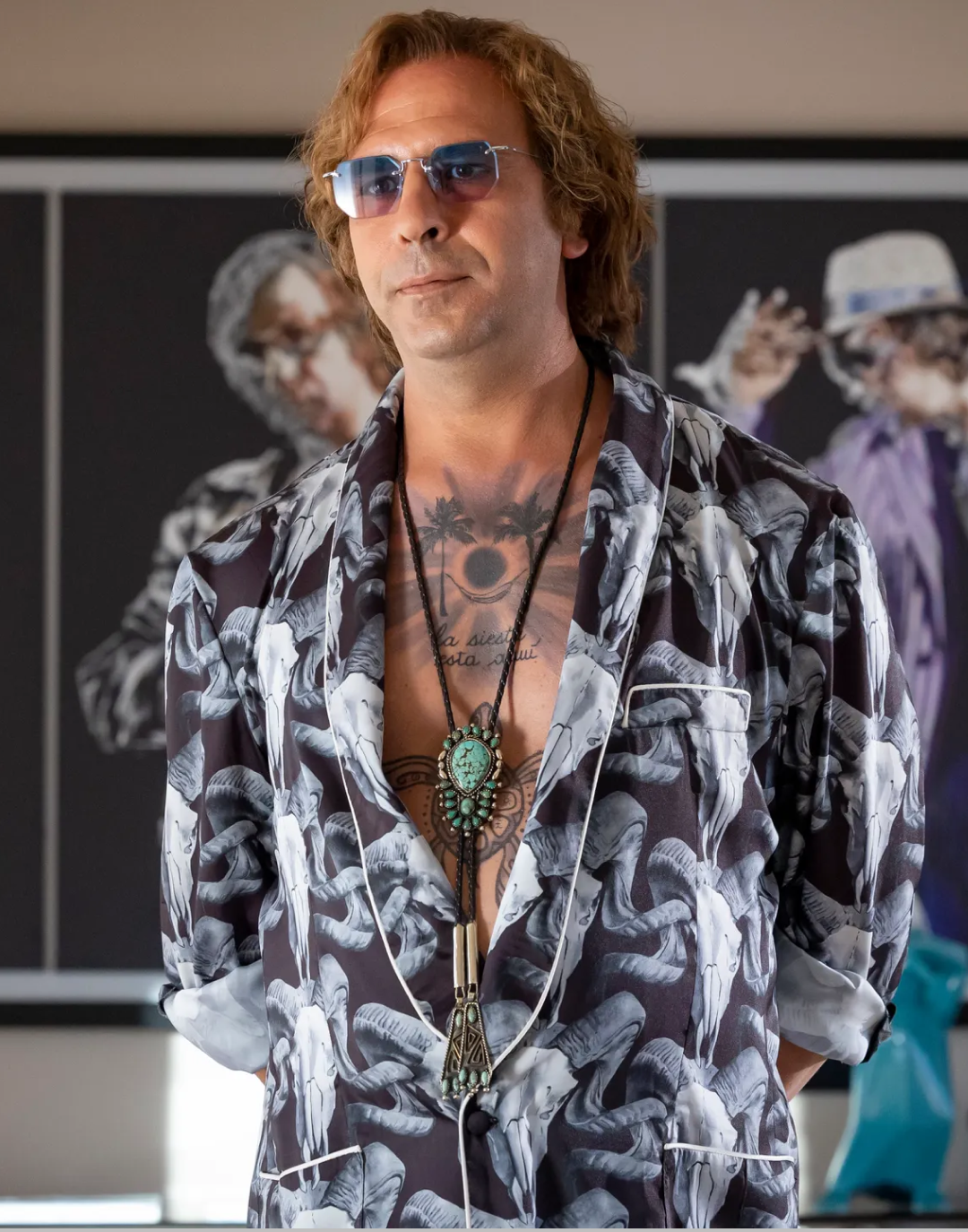
Does "Anora" have to do with Russian politics? When cinema becomes the medium of propaganda
On Sunday evening, the Academy Awards honored Anora, a film by Sean Baker, with five Oscars. The awards are among the most prestigious: Best Picture, Best Director, Best Screenplay, Best Editing, and Mickey Madison won the award for Best Actress in a Leading Role. The film tells the story of a complicated relationship between Anora, a stripper from Brooklyn, and Vanya, the heir of a Russian oligarch. The two get married but must face various obstacles caused by Vanya’s family’s opposition to the marriage. It is, therefore, a contemporary Traviata that is sparking debate not only for its intrinsic artistic beauty but also for the apparent signs of Russian propaganda present in the film and its production.
According to the Guardian, «a story steeped in Russian themes and set in a pre-pandemic world - untouched by the invasion - seems, to its critics, unwelcome, like a retreat into a reality where the war does not exist.» The film has achieved great success in Russia, to the point that a national broadcaster dedicated its tightly controlled news program to Anora. The film, set in a pre-pandemic and pre-war world, features actors who have never taken a stand against the war initiated by Vladimir Putin. Jurij Borisov, for example, has played a series of roles in Russia that have «fueled the Kremlin’s patriotic narrative,» such as the biopic of the AK-47’s inventor, Kalashnikov, and his recent portrayal of poet Alexander Pushkin in a new national production. Borisov’s choice to maintain an ambiguous stance has favored his career both in Moscow and Hollywood, while, as reported by the New York Times, «since the beginning of the war, hundreds, if not thousands, of other Russian film and theater actors have found the courage to speak out against Russian President Vladimir Putin and have left the country.»
The case of Anora brings the issue of propaganda through cinema back into the spotlight, a medium historically used to convey political messages. During the 1930s, fascist and Nazi propaganda found fertile ground in film production thanks to the establishment of the MinCulPop and the Ministry of Propaganda. Films such as The Eternal Jew and Triumph of the Will, the latter directed by Leni Riefenstahl, elevated Nazi aesthetics and glorified Hitler at an institutional level. In Italy, during the fascist era, Istituto Luce, the Venice Film Festival, and Cinecittà were created as tools to support Mussolini’s regime, while many directors embraced themes of fascist exaltation. Even in democratic United States, propaganda has always found its place in cinema: during World War II, the Office of War Information, established by Roosevelt, was responsible for producing films in favor of the U.S. war effort, such as Lifeboat by Alfred Hitchcock and Air Force by Howard Hawks. Later, films like Top Gun and Marvel blockbusters demonstrate how «the U.S. military-industrial complex has used films to spread propaganda messages,» as highlighted by the publication InsideOver. Cinema has always stood at the crossroads between art and political and economic interests, whether under a regime or in a democracy. Anora is just the latest example that leaves an essential question open: Can art ever be disinterested? Will we ever be able to separate the intrinsic beauty of a work from heavy political and economic influences?


